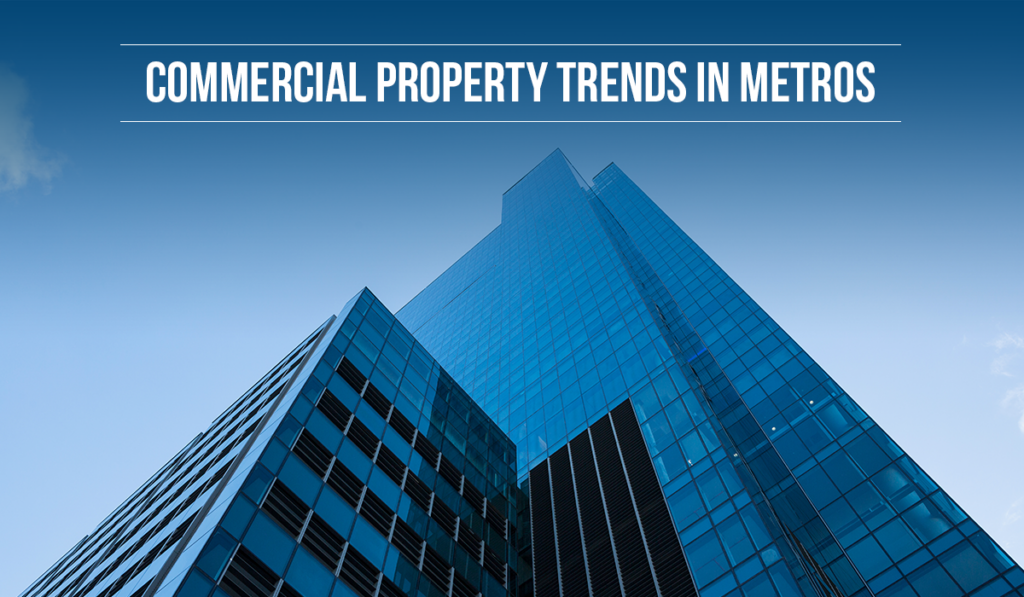Commercial real estate (CRE) is land that is used solely for business-related activities or as a workspace, as distinct from being occupied as a residence, which would fall under the category of residential real estate.
Most commonly, renters lease commercial property to conduct businesses that bring in revenue or generate income. This vast category of real estate can range from a small shopping mall to a single storefront. Office space, restaurants, hotels, shopping areas, dining facilities, and healthcare facilities are just a few of the different types of commercial real estate.
Following the COVID-19 outbreak, India’s commercial property market has experienced exponential growth. Despite difficulties in 2020 and 2021 caused by the pandemic, which resulted in the closure of cafes, restaurants, clothes shops, supermarkets, stores, movie theatres, and businesses, the industry still has a promising forecast for 2022. The expansion of the commercial real estate market in India has been accelerated by the steadily rising demand from renters from a variety of industries.
Reports by leading IPCs -CBRE, JLL and Anarock reveal the following trends.
During the projection period of 2022-2027, the Indian commercial property market is anticipated to expand at a CAGR of almost 13%.
Work From Home Culture
A work from home (WFH) culture emerged as a result of the COVID-19 epidemic, and this had a short-term effect on new space constraints. In 2020, there was 36.34 million square feet of new office space in the seven Indian cities, which was a 30 per cent decrease from the previous year. However, it was anticipated that the office leasing market would start to recover in 2021.
Office space
Over 700 million square feet of Grade-A office space are expected to be occupied by 2022, with Delhi-NCR accounting for the majority of this demand. The demand for total office space leased from consulting businesses increased by 36% in Mumbai in the first half of 2020.
Additionally, Class-A offices occupy more than 61 per cent of the office space, followed by Class-B and Class-C offices with 32 per cent and 7 per cent, respectively.
As work arrangements and hybrid offices take centre stage, office spaces are once again gaining respect. They are successfully incorporated into businesses’ portfolios for managing real estate assets.
IT and technology companies are leading market drivers. Nevertheless, the demand is also emanating from other key segments such as engineering and manufacturing, shared spaces, BFSI, research and consulting, etc.
Key highlights :
Bengaluru –
Growth in demand in Whitefield and Electronic City.Supply expected in SBD submarket
Tenants seem to have flexibility as landlords are keen to retain them
Chennai –
Intense leasing activity in CBD and SBD
Supply expected in SBD submarket
Balance between landlords and tenants gives a stability to the rents
Delhi NCR –
Demand in Gurugram and Noida
IT and manufacturing industries major clients
Landlords are keen to retain tenants and maintain rents.
Mumbai –
Demand in Navi Mumbai, Thane and SBD North. Flex space operators’ expansion plans are driving demand
Rents continue to be steady

